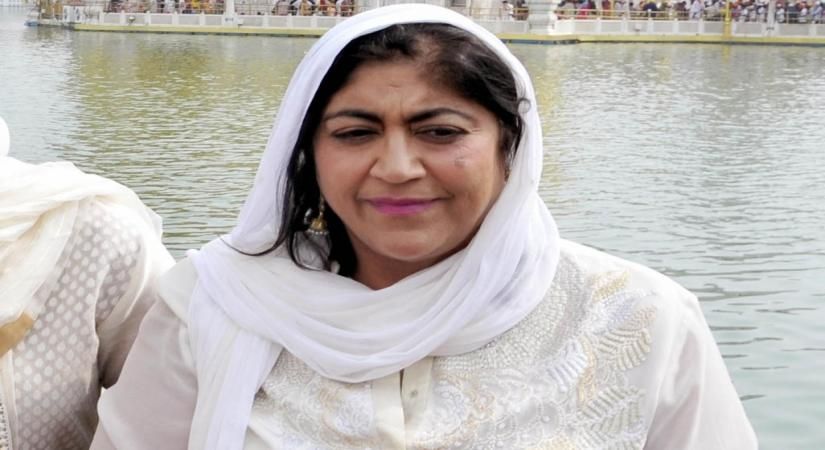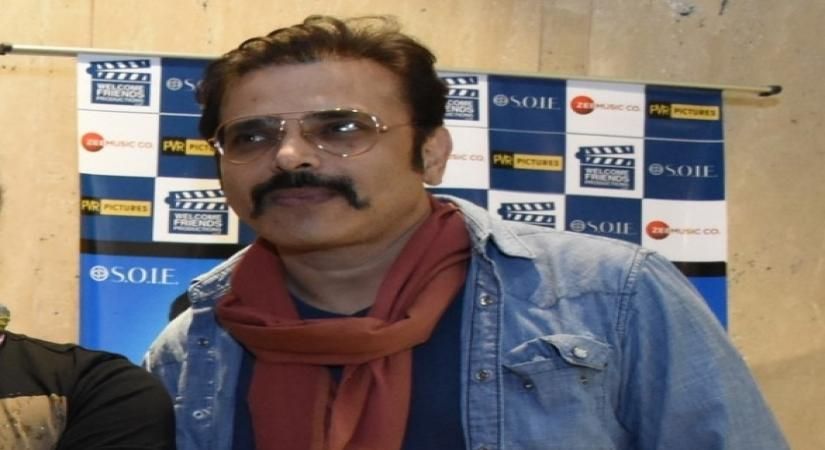|
If the Industry has survived (thrived?) so many decades it is because of the influx of fresh capital from new, glamour struck players. Every generation since the beginning of the Indian film Industry has seen a fresh set of
people finance it. Till the 1980s it was usually traders, merchants and traditional money lenders. Then the exhibitors and distributors started advancing money and a lot more of glamour struck venture capital came in. Of course, sine the 1930s the top stars of the time always set up their own production companies and the trend continues to this day. Every decade technology delivers a bonanza to the perpetually cash-strapped film industry.
The popularity of radio and records and cassettes saw music royalty bring in extra cash in the 70s and 80s. This was pattern was replicated by the coming of TV and home video in the 80s and 90s and now streaming rights. However, the big break was the spread of Multiplexes. Suddenly, box office exploded as these modern hangout cinemas pulled the young urban youth and families back to the cinemas. The overseas market, largely driven by large South Asian diaspora, changed another market dynamic. Some younger filmmakers realized this and tailored their films for this well-paying market segment.
A paradigm shift happened in the mid-90s when some young media professionals-turned-entrepreneurs set up the first fledgling studios (after the demise of the earlier lot in the early 50s). A few of the old timers reimagined themselves and stayed in the new sweepstakes. Some music companies too became quasi studios venturing into film production and distribution. By the turn of the millennium, Bollywood had become not only a global brand but a billion-dollar Industry. Entertainment was recognized as Industry making institutional finance available to film producers. Import of equipment was liberalized and foreign shooting became convenient. Slowly the disorganized mom and pop business moved towards professionalism and eventually corporatization. Bank finance, insurance, contracts, copyright came into play.
However, more change was to come in the decade that followed. The rise of the Internet following the mobile revolution changed the game altogether. Rising income and aspirations and changing lifestyles altered the media and entertainment landscape. Digitalization of cinema from pre and post production to distribution and exhibition has also contributed to a dramatic change in Indian cinema. Today you can make a film on your smartphone and commercially release it. Now there are film makers who are making films only for the digital space.
By 2010, major studios -- Fox, Disney, Reliance ,Viacom and Zee had arrived and further changed the market dynamics. In the last decade, video-on-demand and Over-the-Top (OTT) platforms together with broadcast TV not only brought additional revenue but newer niche markets. Audience is consuming filmed entertainment differently across different screens. Now Amazon, Jio, Netflix, Hotstar, Zee 5, Alt, Apple, Facebook, Google et al are commissioning films and are the new financiers of the movie industry. Thousands of new and old members of this large fraternity are getting back into the creative mainstream. There are at least a 100 production companies all over India. There are more trained professionals than ever before and encouragingly a lot more women in power in Bollywood. Every year at least twenty first timers make a mark and many of them from small towns with no family connection. For a change the big potboilers compete with small, new age films.
There are many young, often first-time film makers who are making path breaking cinema which a substantial enough audience is loving it. Today's top actors are also a lot more adventurous. In any case, even the most commercial of films are much more rooted in reality than before. Production design, cinematography and sound are now of international standard. Unfortunately, marketing costs have spiraled up but without the adequate research and media planning resulting a lot of wasteful expenditure. Star prices still remain abnormally high, often being 40 per cent to 50 per cent of the entire budget. Interestingly, after a gap of many decades, talent from smaller towns and even villages are coming to Bollywood and many are making it to the top. Also, a lot more films are set in smaller towns reflecting concerns of a new class of film lovers.
The most heartening development, though, is the influx of streaming services. Not only do they bring a lot of money
into the system but also offer a far, far wider variety of films: shorts, documentaries, animated, real-life dramas but also all genres of features films. They are not hung up on stars or big names. Besides, in another welcome development, a number of big producers and directors and even top stars have ventured into producing content for these digital giants. Thankfully, all of them are also giving breaks to new writers and film makers and some exceptionally talented actors.
There are some endemic problems which still linger. Paucity of screens and over production make it unviable for smaller, especially independent films to get a release. The obsession with big screen in an age where 80 per cent of all content is watched on TV and increasingly online is rather an archaic approach. It is estimated that half the world will watch content on handheld devices by 2025. With a multitude of leisure alternatives films, including those made by Bollywood, have to compete with texting, social media, gaming, sport, live events, streaming audio and video, adventure and even travel and dining out.
Writing largely still remains a weak link and is invariably derivative and mediocre. We need a more energetic and creative fraternity which is willing to experiment and is willing to move to newer platforms. This obsession with the big screen has to end. A few hundred cineastes and critics hung over on purity of cinema cannot let opportunities drift away. Film making is ultimately about storytelling and an audience. Why should screen size be a limitation? A new mindset is what is most required in the Indian film industry, particularly Bollywood. We can, in the next five years, double the size of the filmed entertainment Industry to $6 billion per year.
(Amit Khanna is a media personality and raconteur)
(Concluded)
--IANS
khanna/am
Copyright and Disclaimer: All news and images appearing in our news section, search engines and social media are provided by IANS. If you face any issues related to the content/images, please contact our news service provider directly. We are not liable/responsible for any content/images related to the news service provider.
|









